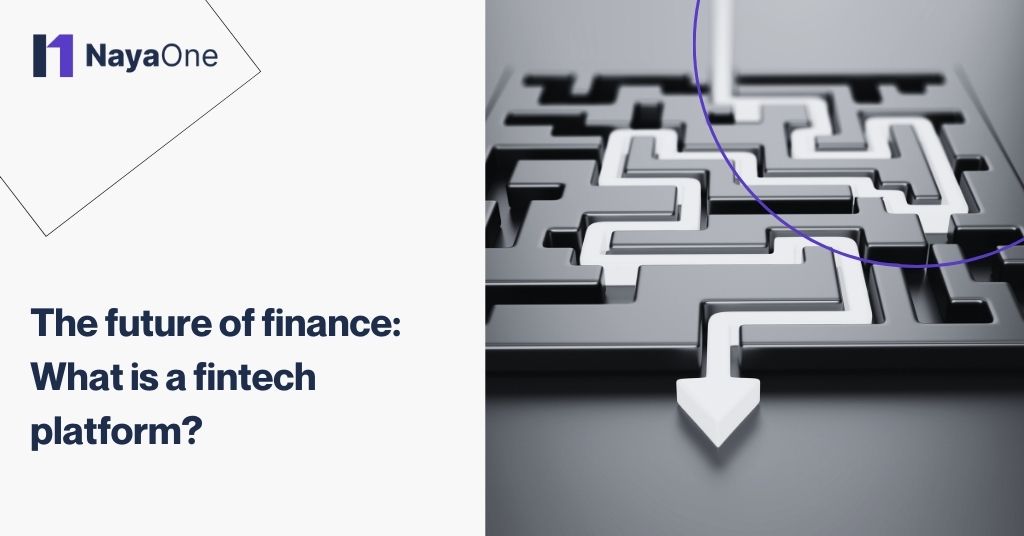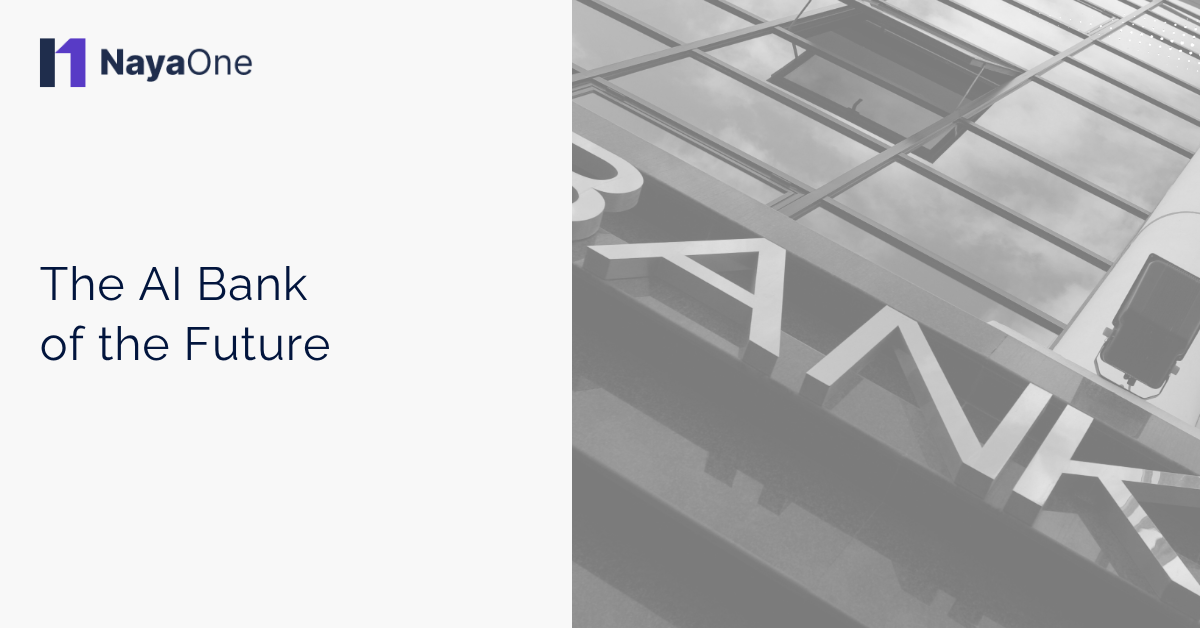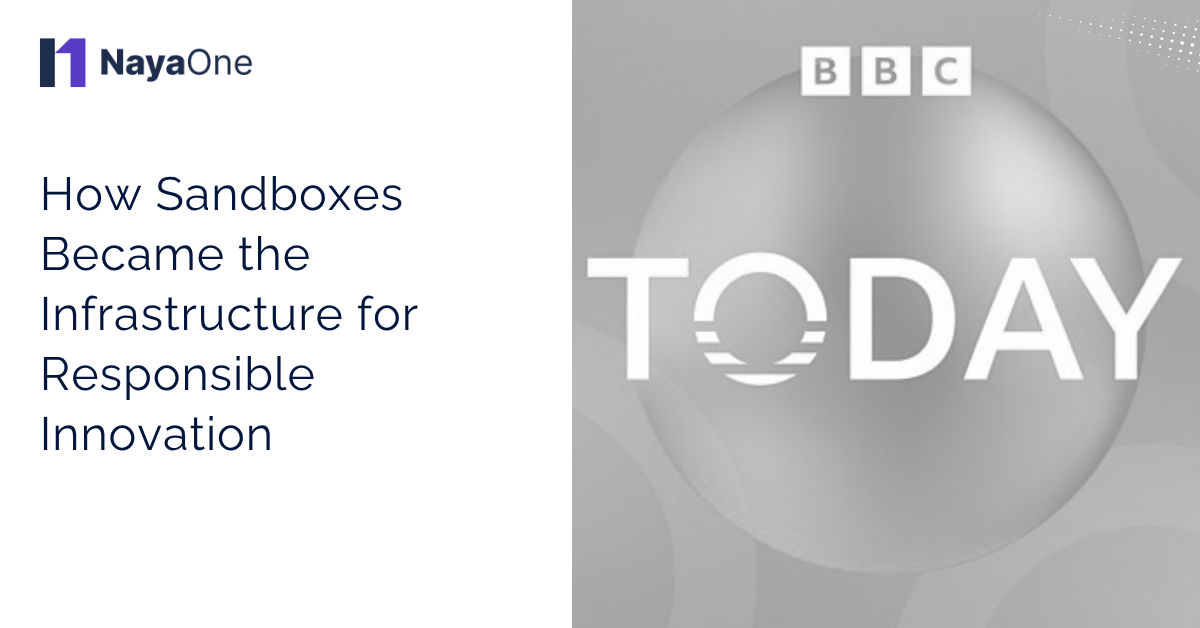The financial industry is undergoing a massive transformation. But what exactly is driving this change?
From AI-powered automation to seamless digital experiences, fintech is revolutionising how financial services operate. Gen AI solutions alone are projected to increase productivity in the financial sector by around 30%. This shift is not just about convenience; it is about redefining efficiency, accessibility, and customer experience in finance.
The rise of fintech: A digital revolution
Fintech, short for financial technology, refers to innovative digital solutions that enhance and automate financial services. Whether it is mobile banking, digital payments, or AI-driven investment strategies, fintech is at the forefront of the industry’s evolution.
Customers now expect more from financial institutions, with 66% demanding full digitisation—from customer interactions to sales and service models. Traditional banking infrastructure is rapidly evolving, with brick-and-mortar operations being replaced by agile, tech-driven solutions.
What is a fintech platform and why does it matter?
As fintech continues to reshape financial services, staying ahead of these trends is vital for businesses and consumers alike. In the following sections, we will break down what a fintech platform is, how it functions, its key benefits, and what the future holds for this rapidly growing sector.
The growth of fintech: Why it matters
For decades, traditional financial systems relied on physical branches, manual paperwork, and rigid regulations. While these institutions provided stability, they often lacked accessibility and efficiency. Customers faced long processing times, limited banking hours, and barriers to entry—especially for small businesses and individuals without strong financial histories.
The shift to digital: Innovation and efficiency
The demand for faster, more inclusive financial services has led to the rise of fintech platforms. But what is a fintech platform, and why is it changing the industry?
At its core, a fintech platform is designed to streamline transactions, automate services, and provide seamless digital experiences. Whether through AI-powered lending, blockchain-based security, or mobile-first banking, fintech platforms are replacing traditional inefficiencies with smarter, more accessible alternatives.
Current trends: The fintech boom
The numbers show just how rapidly fintech is growing. Since 2017, the global fintech industry has more than doubled, rising from $90.5 billion to over $180 billion. And the momentum is not slowing down—fintech’s share of the $12.5 trillion global financial services market is projected to grow from 2% today to 7% by 2030, reaching $1.5 trillion.
Some key trends fueling this growth include:
- Mobile payments and digital wallets, make cashless transactions the norm.
- Peer-to-peer lending enables direct access to loans without traditional banks.
- AI-driven financial services, improving fraud detection and personalised banking experiences.
As the financial landscape evolves, understanding what a fintech platform is and how it operates will be essential for businesses and consumers alike. In the following sections, we will explore how fintech platforms work, their advantages, and the innovations shaping their future.
How do fintech platforms work?
Think about the last time you transferred money, checked your bank balance, or made an investment—all without stepping into a bank. That seamless experience is powered by fintech platforms. They have transformed financial services, making transactions faster, smarter, and more accessible to everyone, whether you are a business streamlining payments or an individual managing everyday expenses.
User experience
Fintech platforms are built with a focus on convenience. Instead of visiting a bank, customers can handle everything from payments to investments through mobile apps or web platforms. Whether transferring money, applying for a loan, or managing expenses, fintech platforms remove the hassle of paperwork and long processing times.
One standout example is NayaOne, which provides businesses with the tools to build, test, and scale fintech solutions rapidly. By offering a comprehensive sandbox environment, synthetic data, and seamless API integrations, NayaOne enables financial institutions to innovate at speed—whether they are developing new banking solutions, enhancing regulatory compliance, or integrating cutting-edge AI models.
NayaOne showcases how fintech is reshaping financial services, which is why the question “What is a fintech platform in practice?” is best answered by looking at the tangible outcomes they deliver—seamless transactions, enhanced security, and greater accessibility through automation and innovation.
Technology stack
Fintech platforms operate on cutting-edge technology to ensure efficiency and security:
- Cloud computing: Enables fast, scalable, and secure data storage.
- Application Programming Interfaces (API): Allow seamless integration with banks, third-party tools, and financial services.
- AI and automation: Improves fraud detection, speeds up transactions, and personalises user experiences.
By leveraging these technologies, fintech platforms continue to drive innovation in the financial sector, making services more efficient for businesses and consumers alike.
What are the benefits of fintech platforms?
Fintech platforms have changed the way people interact with financial services, offering solutions that are faster, more accessible, and cost-effective. Whether you are managing personal finances or running a business, these platforms provide a level of convenience that traditional banking struggles to match.
Convenience
Gone are the days of waiting in long queues or dealing with mountains of paperwork. Fintech platforms put banking, investing, and payments at your fingertips—accessible anytime, anywhere, through apps and digital services.
Lower costs
By reducing the need for physical branches and automating processes, fintech platforms cut operational costs, allowing them to offer lower fees and better rates. This means consumers and businesses can access premium financial services without the hefty price tag.
Inclusion
Millions of people worldwide lack access to traditional banking, but fintech is bridging that gap. Through mobile banking, digital wallets, and alternative lending solutions, fintech platforms empower underserved populations, giving them access to essential financial tools.
Speed and efficiency
From instant payments to real-time loan approvals, fintech platforms streamline processes that used to take days. Their ability to integrate advanced technologies ensures that financial services are not just faster but also more responsive to user needs.
With these advantages, it is no surprise that businesses and consumers alike are turning to fintech platforms as the future of financial services. But with so many options available, what is a fintech platform that truly meets your needs? The answer lies in choosing one that aligns with your financial goals and provides the right balance of innovation, security, and accessibility.
What are the challenges and considerations for fintech?
While fintech platforms offer incredible benefits, they also come with challenges that businesses and consumers need to consider. As financial services become increasingly digital, concerns around security, regulation, and trust must be addressed to ensure sustainable growth.
Security
With financial data being processed and stored online, cybersecurity is a top concern. Fintech platforms must constantly defend against fraud, hacking attempts, and data breaches. Advanced encryption, multi-factor authentication, and AI-driven fraud detection help mitigate risks, but staying ahead of cyber threats remains an ongoing battle.
Regulation
The rapid rise of fintech has outpaced traditional regulatory frameworks, leading to a complex and evolving landscape. Compliance with local and international financial laws can be challenging, especially for companies operating across multiple jurisdictions. Striking a balance between innovation and regulatory adherence is crucial for long-term success.
User trust
Trust is the foundation of any financial service. Customers need to feel confident that their money and personal data are safe. Transparent policies, clear communication, and strong customer support are essential for building and maintaining trust. Without these, even the most innovative fintech platform can struggle to gain user adoption.
As fintech continues to evolve, addressing these challenges will be key to ensuring that platforms remain secure, compliant, and trusted by users worldwide. This is why the question of what is a fintech platform goes beyond convenience—it is about choosing a solution that delivers security, innovation, and long-term value.
The future of finance: What’s next for fintech?
Fintech is evolving at an unprecedented pace, and the next wave of innovation is set to redefine how we interact with money.
Innovations on the horizon
AI-driven financial insights, blockchain-powered security, and open banking initiatives are paving the way for more personalised, transparent, and efficient financial services. These technologies will enhance automation, improve fraud prevention, and give users greater control over their finances.
Potential for disruption
Traditional banking models will continue to face pressure as fintech expands. With decentralised finance (DeFi) and embedded finance gaining traction, customers may rely less on banks and more on fintech platforms for everyday transactions, lending, and investments.
Integration with other sectors
Fintech is no longer just about banking—it is becoming a critical part of industries like healthcare, retail, and even real estate. From seamless healthcare payments to AI-powered shopping finance solutions, fintech will continue breaking down industry barriers.
As innovation accelerates, the question is not just what is a fintech platform, but how these platforms will shape the financial landscape in the years to come.
Achieve the future of finance with NayaOne
The rapid evolution of financial technology is reshaping the way businesses and consumers interact with financial services. From automation and AI to open banking and blockchain, fintech platforms are driving a new era of innovation, making finance more efficient, accessible, and intelligent.
At NayaOne, we empower financial institutions to stay ahead of this transformation. Our platform provides the tools, data, and infrastructure needed to build, test, and scale cutting-edge fintech solutions—all in one place. Whether you are exploring AI-driven banking, regulatory compliance, or embedded finance, NayaOne accelerates your journey from idea to execution.
As the fintech landscape continues to evolve, the question is no longer just what is a fintech platform, but how businesses can leverage these platforms to shape the future of finance. With NayaOne, the future is now.
FAQs
Accordion Content
A fintech platform is a technology-driven system that enhances financial services by automating transactions, improving security, and increasing accessibility. These platforms power everything from digital payments and online banking to AI-driven investments and blockchain solutions.
Security is a top priority in financial technology. Fintech platforms implement advanced encryption, multi-factor authentication, and AI-driven fraud detection to protect user data and transactions. However, users should also follow best practices, like using strong passwords and enabling security features.
Fintech is transforming various sectors beyond banking, including healthcare, retail, real estate, and even insurance. Businesses across industries leverage fintech for seamless payments, lending solutions, and financial automation.






